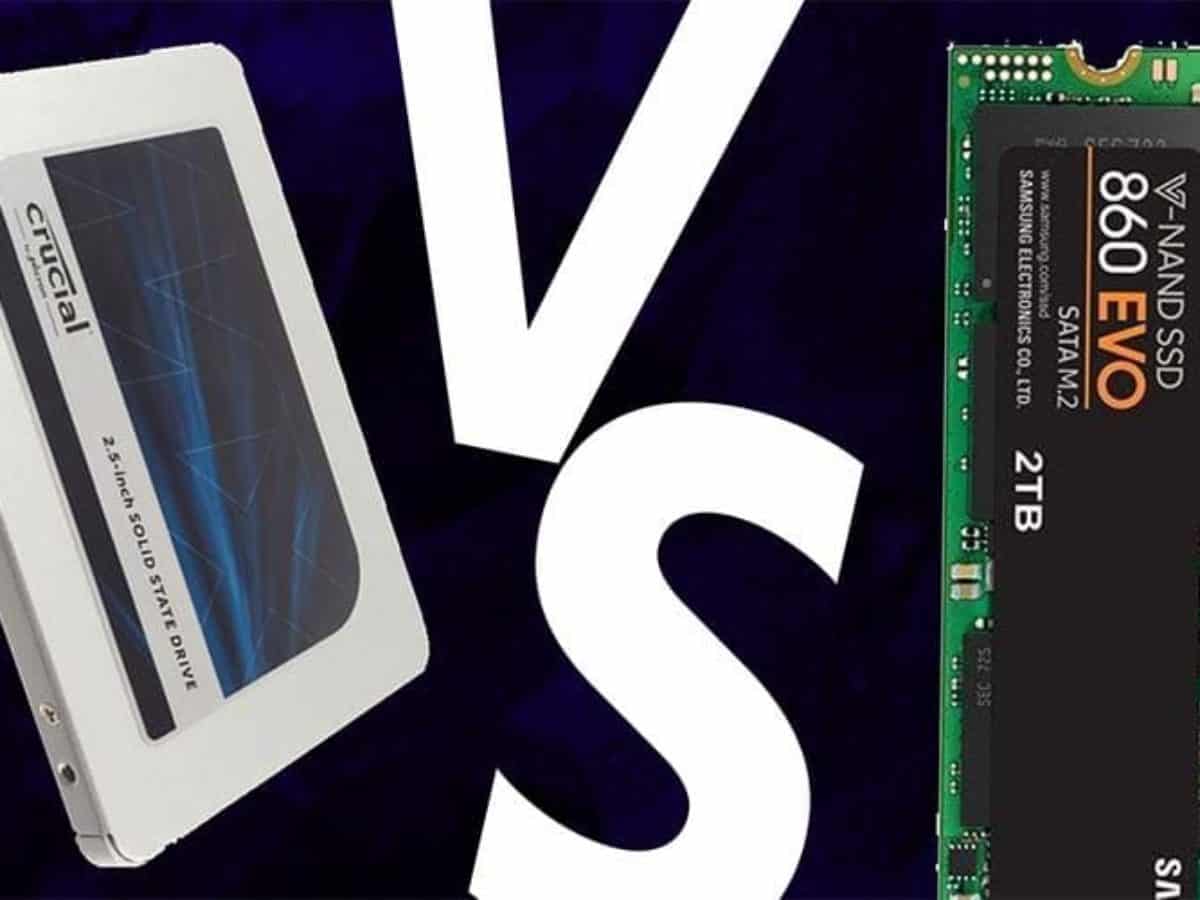
- #How to format samsung ssd 860 evo for windows 10 update#
- #How to format samsung ssd 860 evo for windows 10 full#
- #How to format samsung ssd 860 evo for windows 10 pro#
- #How to format samsung ssd 860 evo for windows 10 professional#
- #How to format samsung ssd 860 evo for windows 10 series#
Pricing starts at $95 for the 250GB and jumps quickly to $170 and $330. The 2TB and 4TB models appear intriguing, but that quickly dimmed when I pulled out my AMEX. We purchased the 250GB, 500GB, and 1TB drives. We'll focus on the 2.5" models in this review, but we won't close the door on a future review of the M.2 or mSATA models. The 860 EVO comes in 12 SKUs that cover three form factors and up to five capacities. Given the sensitivity of the data stored on a NAS, we would recommend letting the EVO mature before considering this a viable option for that use case.
#How to format samsung ssd 860 evo for windows 10 pro#
The 860 Pro came to us with a note about improved Linux compatibility and NAS use, but the EVO was not specifically mentioned.
#How to format samsung ssd 860 evo for windows 10 series#
The 860 series supports hardware encryption with TCG Opal and Microsoft's eDrive. We purchased our 860 EVO drives at Newegg, so they are the same as the models you can buy today.

It also reduced the program time to 500 microseconds, which is 1.5X faster than the previous generation. Samsung accomplished the feat by reducing the input voltage from 3.3 volts to just 2.5 volts. Samsung claims its fourth-generation 64-layer V-NAND is 30% more energy efficient than its 48-layer predecessor. We also suspect the company built the MJX controller on a smaller lithography that enables lower power consumption, cooler operation, and reduced manufacturing costs. Samsung outfitted the 860 series with a new MJX controller that supports low-power DDR4 memory, so it likely has a new integrated memory controller. V-NAND is now in its fourth generation, and Samsung raised the bar again for performance and endurance while further reducing power consumption. More troubling to other SSD manufacturers, Samsung's continued momentum with each V-NAND revision makes it hard for competitors to pinpoint a performance target. This started before 3D flash but escalated when the company rolled out V-NAND. Samsung's advantage over the rest of the market is its ability to deliver the highest performance at low queue depths.

You'll need to push the drives very hard with intense multitasking to reach those heights. Sequential performance weighs in at 550/520 MB/s of read/write throughput while random performance tops out at 98,000/90,000 read/write IOPS. Samsung lists identical performance specifications for every 860 EVO capacity point. They also tend to have extended idle time between bursts of activity. Consumer workloads occur almost exclusively at low-queue depths.
#How to format samsung ssd 860 evo for windows 10 professional#
On paper, the 860 EVO is only slightly different than the 850 series and the new 860 Pro, but most of the specifications are measured with high queue depth workloads that are more meaningful for professional products. Most companies have shifted focus to M.2 SSDs and largely ignore the legacy mSATA interface. Samsung and Mushkin are the only two SSD manufacturers to announce new mSATA SSDs in recent years.
#How to format samsung ssd 860 evo for windows 10 full#
The full range of capacities ship in 2.5" while the M.2 2280 (SATA) scales up to 2TB and the mSATA model tops out at 1TB. The 860 EVO also has three different form factors. However, if you see a 1TB EVO for under $110 or a 2TB model for $200 or less, it's a really good choice.
#How to format samsung ssd 860 evo for windows 10 update#
Update (): Nearly two years after its launch, the 860 EVO is still on sale and, if it's on sale, is a good alternative to the Crucial MX500, which remains on our list of best SSDs, because of its more competitive combination of price and performance. That helps compensate for TLC's lower native write performance. The EVO series uses 3-bit per cell (TLC) flash, but it reserves 2.3% of the NAND capacity for background activities and caching. The 860 EVO series comes to market in the same 256GB to 4TB capacities as the 860 Pro we recently tested. Samsung managed to pull out a few other impressive numbers with the new series, but the price is not one of them.

The hard limit of SATA interface is a factor, so it's more difficult to make the 860 EVO stand out from the competition based on performance alone. Samsung has made advancements with fourth generation V-NAND, but the other companies have closed the gap. Samsung's V-NAND technology advantage has lessened now that nearly every fab is manufacturing quality 64-layer 3D NAND on a competitive node. The performance, warranty, and endurance specifications usually favor the EVO, but Samsung keeps the price close enough that most shoppers will spend a little more to get a superior product. The company's control of critical components through its internal supply chain gives it an advantage that goes beyond cost. Historically, Samsung has played with the EVO's pricing to position its products slightly higher than the competition.


 0 kommentar(er)
0 kommentar(er)
